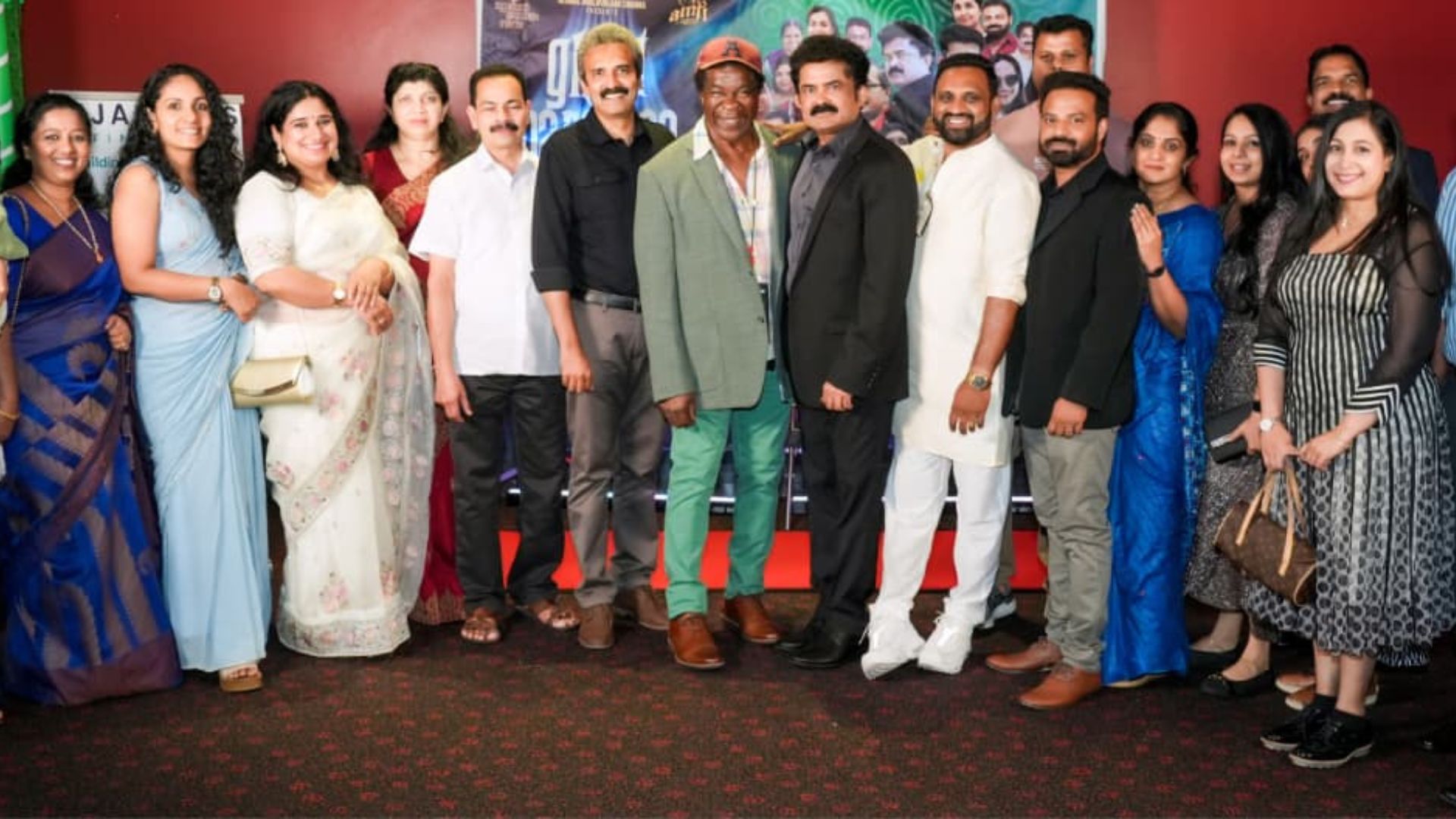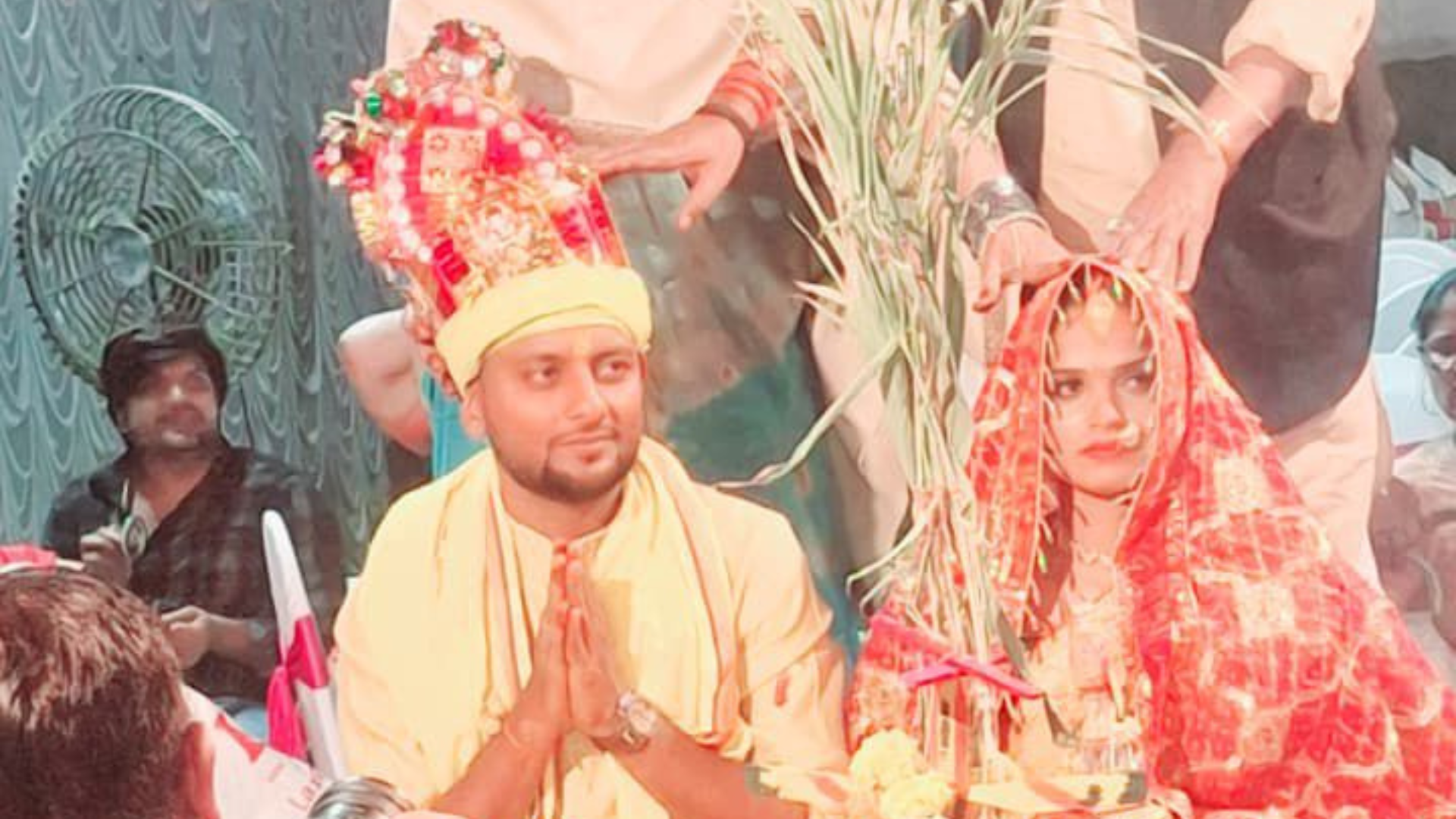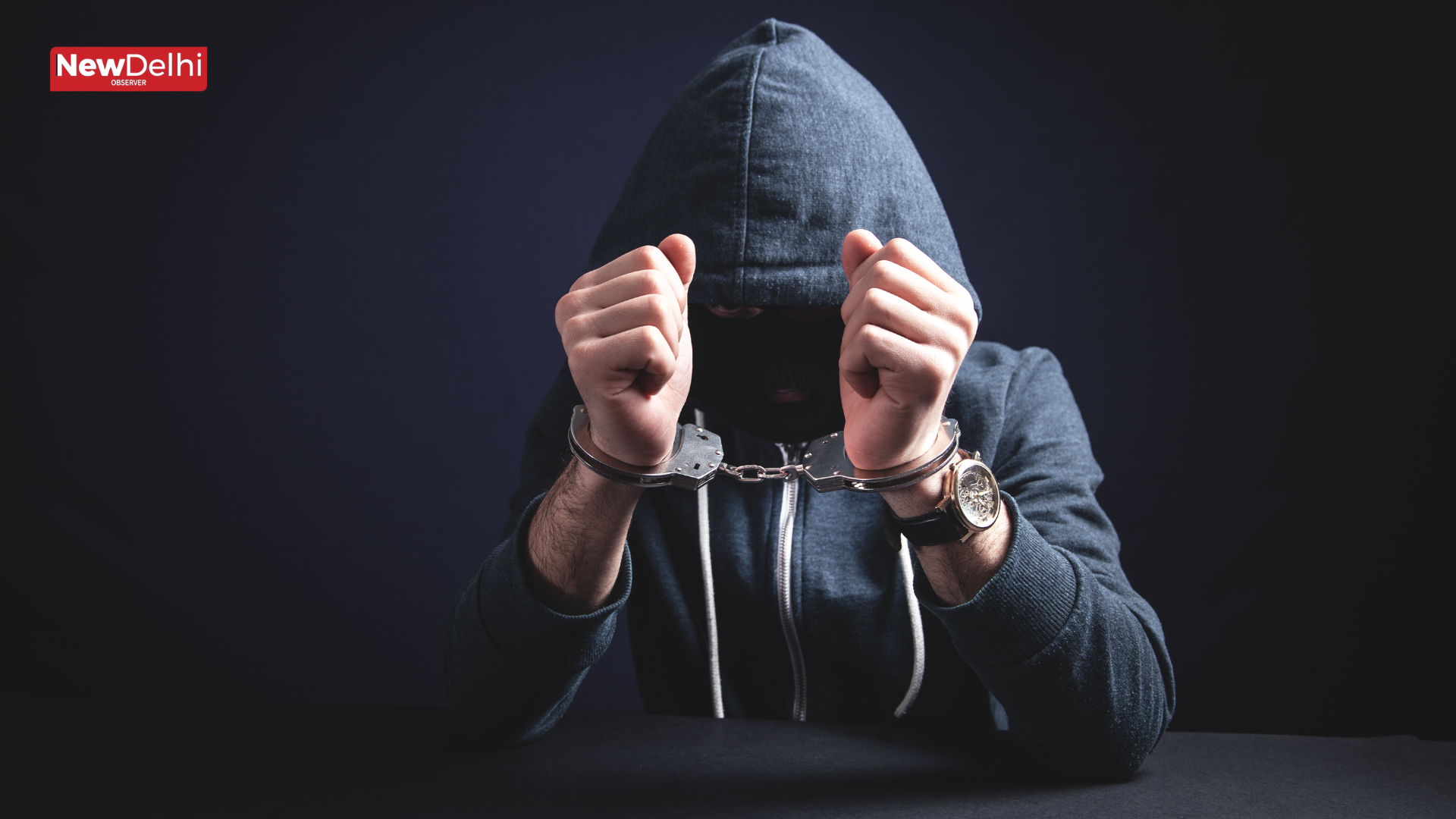The proposed demolition of two historic sites in Sanjay Van, Delhi, has sparked significant concern among heritage experts and local communities. These structures are tied to the religious and cultural identity of the area. A recent report by the Archaeological Survey of India (ASI) highlights their importance. Both the Ashiq Allah Dargah and the Chillagah are at risk as the Delhi Development Authority (DDA) seeks to clear what they classify as encroachments.
Historical Significance of Ashiq Allah Dargah and Chillagah
The structures in question date back to the 12th and 13th centuries. The Ashiq Allah Dargah is thought to be the tomb of Shaikh Shahibuddin (Ashiq Allah), a significant figure in Islamic mysticism. Built in 1317 AD, his tomb is near the historic Rai Pithoda Citadel. The Chillagah was a meditation place for Sheikh Fariduddin, who was a key disciple of Qutubuddin Bakhtiyar Kaki.
Devotees visit these sites for various reasons. The Ashiq Allah Dargah serves as a spiritual center where people come to fulfill wishes. Meanwhile, the Chillagah offers solace to those seeking relief from negative energies.
The Petition to Preserve the Structures
The current situation stems from a petition by Zameer Ahmed Jumlana. Jumlana argues that these important monuments are under threat of demolition. He claims that the DDA’s actions do not recognize the structures’ historical value. To address this concern, the Supreme Court intervened on July 29. They directed a joint inspection by ASI and the National Monuments Authority (NMA) to evaluate Jumlana’s claims.
ASI’s Report and Findings
On December 17, ASI submitted a detailed report confirming the historical value of both sites. The report highlights that they reflect the rich architectural heritage of Delhi. The Ashiq Allah Dargah features a pyramidal roof supported by four curved stone pillars. This design shows interesting influences from both Islamic and Hindu architecture.
Although the structures have undergone alterations, much of their design remains intact. The tomb contains a stone grave associated with the soldiers of Muhammad of Ghor. It is essential to note that these soldiers fought against Prithviraj Chauhan in the 12th century. While the soldiers’ graves have been modernized, the Dargah’s flooring alterations have affected the site’s authenticity.
Legal Context and Concerns
The report explains that these structures fall within regulated zones established by the Ancient Monuments and Archaeological Sites and Remains Act. The proximity to the Prithviraj Chauhan Citadel, a protected monument, means that any modifications should have prior approval. However, the ASI report highlights several illegal changes made over time, raising serious legal concerns.
Cultural and Religious Importance
The religious significance of the Ashiq Allah Dargah and Chillagah is considerable. The sites draw hundreds of visitors daily. Many Muslims visit the Dargah to light lamps while making wishes. The Chillagah is particularly cherished for its spiritual healing properties. This ongoing devotion further emphasizes the necessity for careful consideration regarding any plans for demolition or alteration.
Public Response to Potential Demolition
The ASI’s report has fueled a broader legal fight over the fate of these historic monuments. Himanshu Damle, a concerned citizen, has filed a Public Interest Litigation (PIL) urging for their protection. In the past, the DDA promised that no protected or national monuments would be demolished. This assurance follows the highly controversial demolition of the Akhunji Masjid, an 800-year-old structure in the vicinity. Such actions have incited outrage among heritage activists and local residents, highlighting the importance of safeguarding cultural landmarks.
Ongoing Legal Proceedings
As legal proceedings continue, the Supreme Court is set to review the ASI’s findings in February 2024. The case has attracted significant public interest, and many are eager for a fair resolution. The Chief Justice of India Sanjiv Khanna will preside over the upcoming review. Meanwhile, earlier, the Delhi High Court had instructed the committee led by Delhi Lieutenant Governor VK Saxena to investigate the situation. However, Jumlana expressed concerns about this committee’s expertise regarding the structures’ historical significance.





